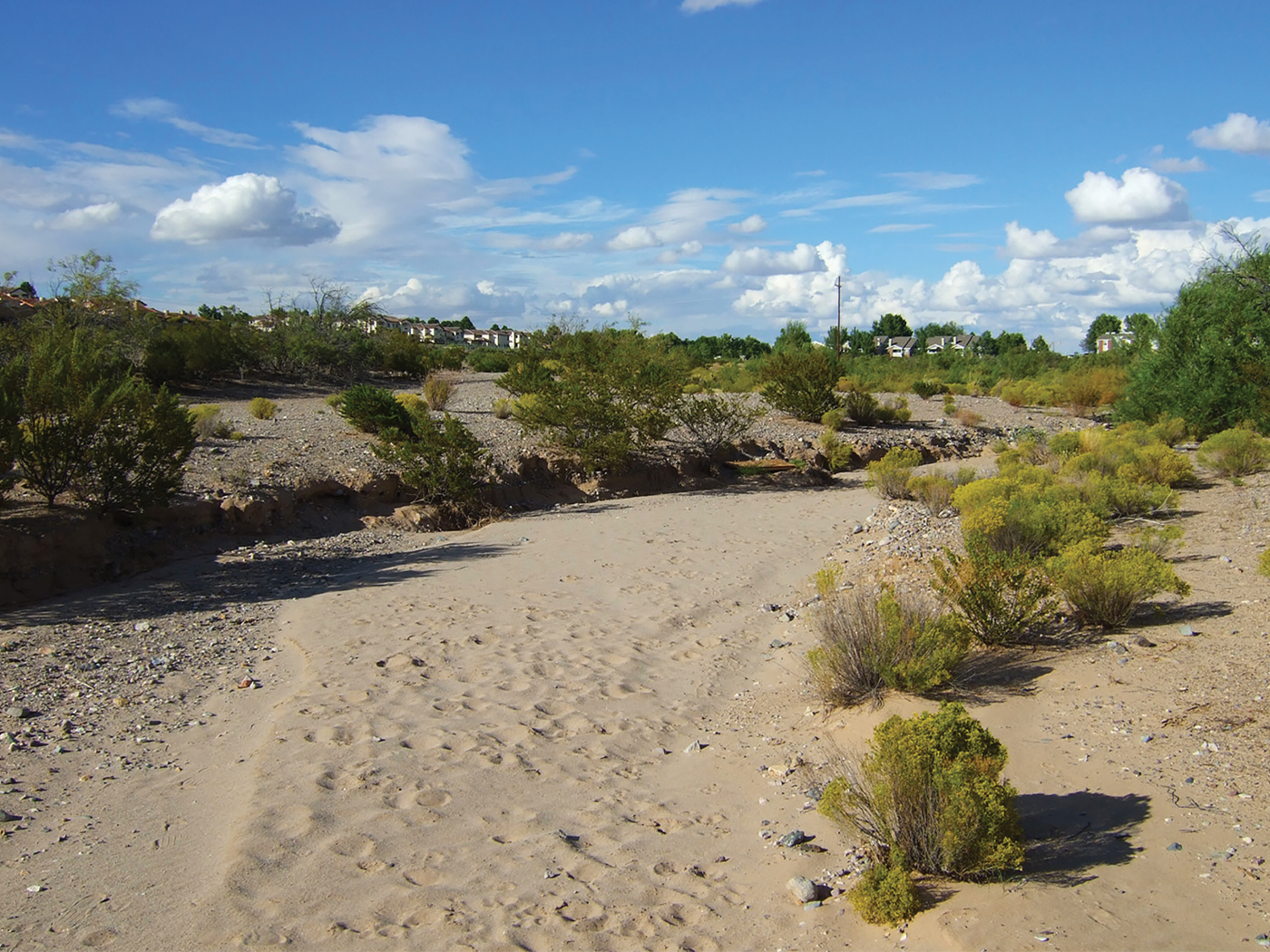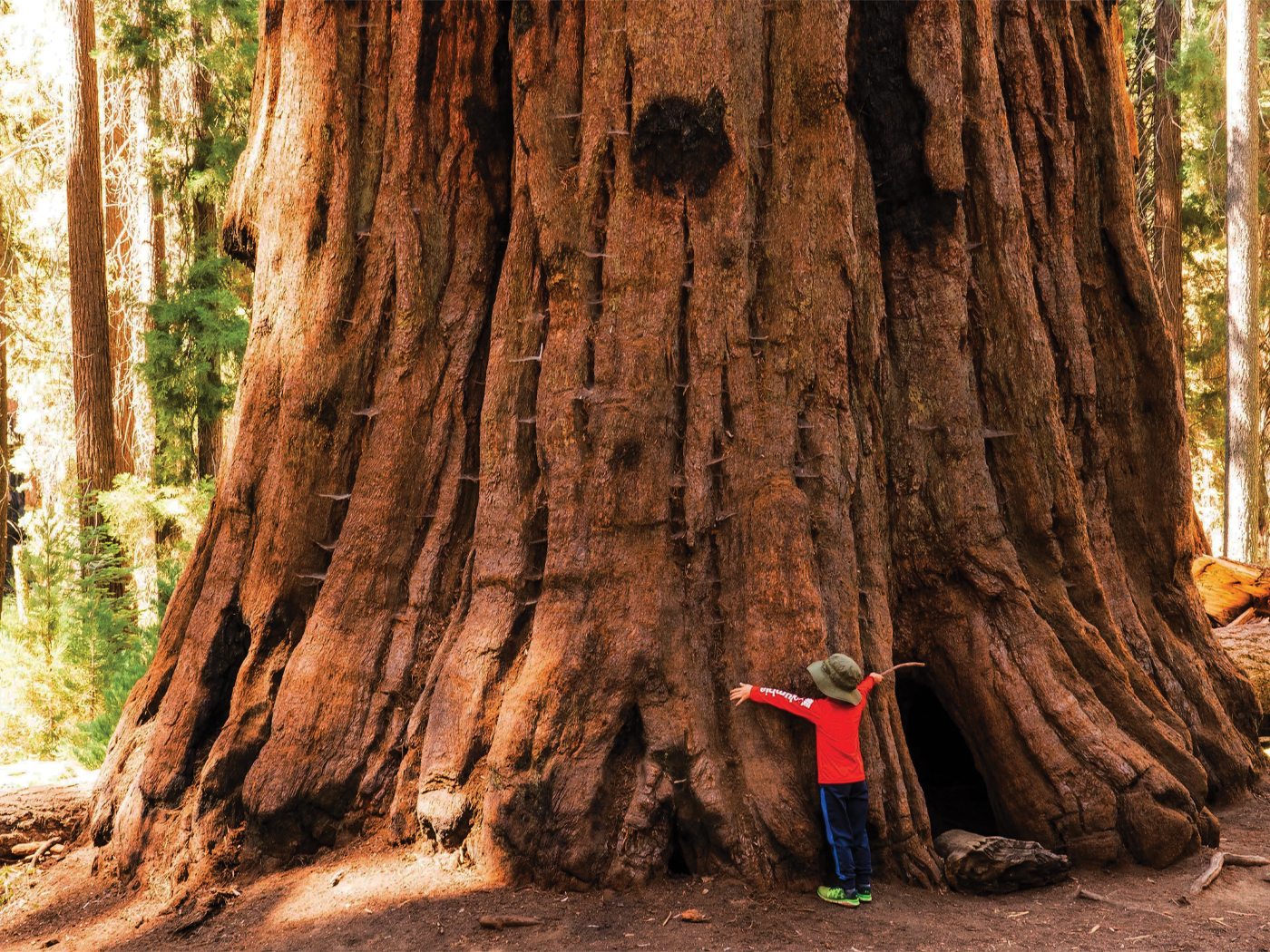All living animals—whether herbivore, carnivore, or omnivore—need food, and plants are at the beginning of the food chain.
Plants require a number of factors to regularly and reliably produce food, including carbon and nitrogen. Bacteria circulate these chemical elements in and out of the bodies of living creatures, and new research has revealed one of the key mechanisms that help make this possible.
All cells require nitrogen to build biochemicals such as DNA and proteins. The body cannot absorb nitrogen unless it is in a chemically reactive form, but most nitrogen that land creatures encounter is chemically unreactive. Nitrogen-fixing bacteria help solve this problem by cleverly converting the unreactive nitrogen into a usable form.1
But if that were the only nitrogen-related process, then pretty soon all of the atmosphere's unreactive dinitrogen gas would be depleted. Some bacteria are constantly "fixing" nitrogen into an absorbable form, while other types of bacteria are constantly "denitrifying" it into a gas. These processes balance one another to maintain life-appropriate amounts of both absorbable and inert nitrogen.
Biochemists have described for the first time the detailed mechanisms whereby anaerobic bacteria—which grow without oxygen—perform denitrification. Aerobic bacteria—which grow with oxygen—also do this, but they use different intermediate chemicals and different enzymes in the process.
In their report published in Nature, the researchers identified a suite of specialized enzymes that convert dissolved ammonium and nitrite into water and dinitrogen gas.2 The bacteria house the enzymes, which physically manipulate individual chemicals, in a special chamber called an anammoxosome.
Without nitrogen-manipulating enzymes in bacteria, tissues would stop growing and lungs would stop breathing. Now that the details of anaerobic nitrification are known, scientists better understand how the vital process of nitrification can occur in both oxygenated and oxygen-free environments. The fact that bacteria living in different environments can perform the opposite series of reactions makes earth's overall nitrogen-balancing system robust, responsive, and efficient.
At the smallest level, the enzymatic machinery in each kind of bacterium is stunningly well-engineered. At a much larger level, the continued maintenance of the overall nitrogen cycle by soil bacteria in varying environments is a well-designed meta-system. And all of it had to be put in place at the same time in the beginning in order for life to exist, just as Scripture teaches. These scientific observations show that life did not emerge millions of years after earth came into being, as evolution teaches, but that God created life during the same week that He formed the earth.
References
- Demick, D. 2002. The molecular sledgehammer. Creation. 24 (2): 52-53.
- Kartal, B. et al. 2011. Molecular mechanism of anaerobic ammonium oxidation. Nature. 479 (7371): 127-130.
* Mr. Thomas is Science Writer at the Institute for Creation Research.
Article posted on November 21, 2011.



















